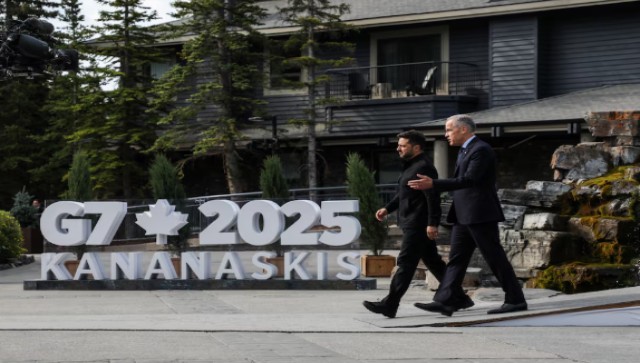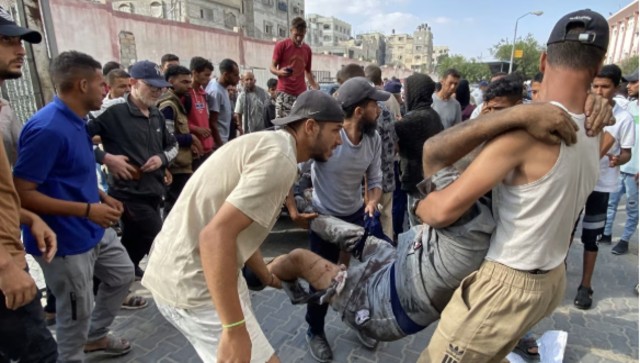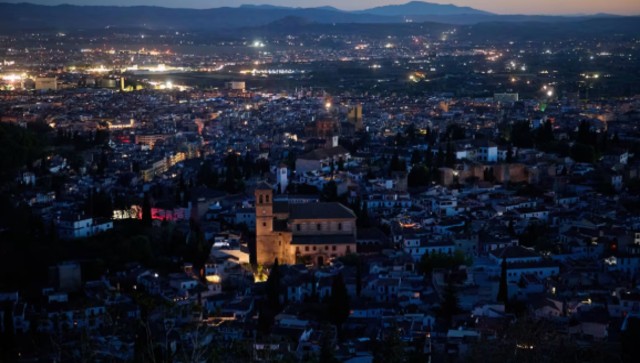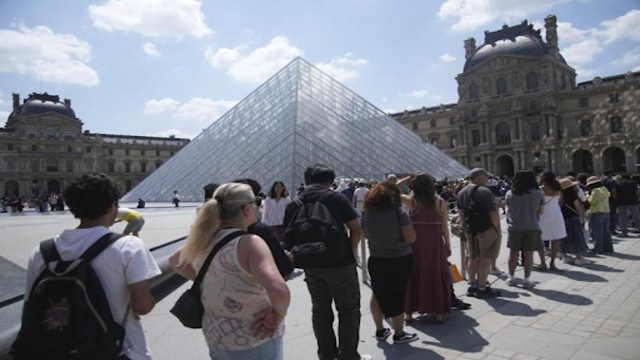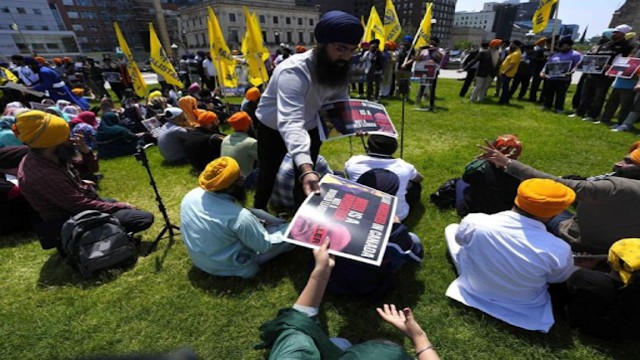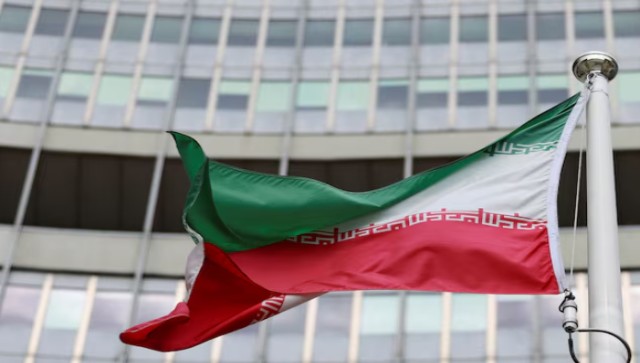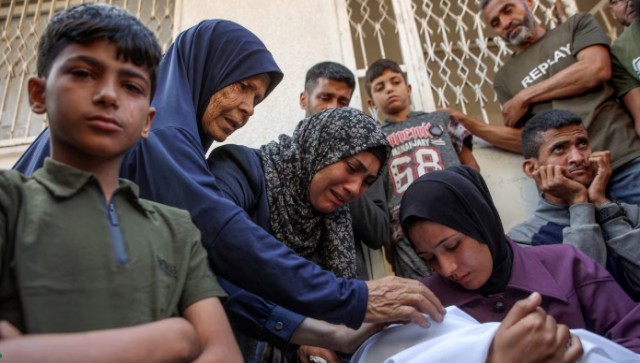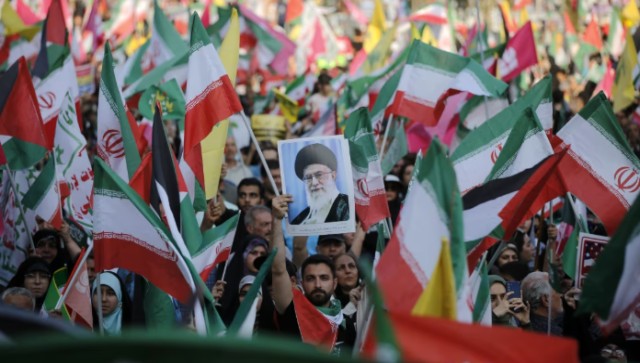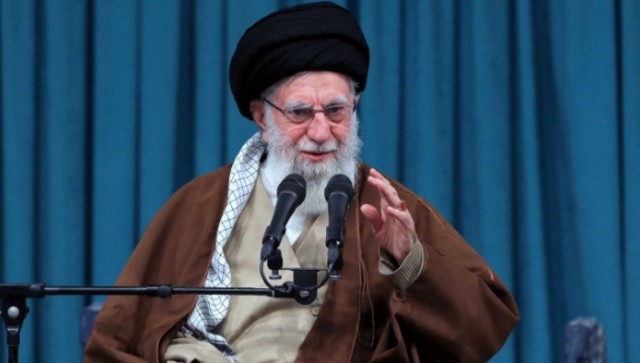
Ayatollah Ali Khamenei speaks during a meeting in Tehran, Iran, on January 1
The Middle East is once again on the edge. Tensions between Iran, Israel, and the United States are rising at a dangerous pace. US President Donald Trump has issued a bold ultimatum to Iran — an “unconditional surrender.” Yet, he added a chilling caveat: Iran’s supreme leader Ayatollah Ali Khamenei is “safe, for now.”
Khamenei, one of the region’s most powerful and polarizing figures, now finds himself at the center of a volatile geopolitical storm.
Who is Ayatollah Ali Khamenei?
Ayatollah Khamenei isn’t just a religious figure. He’s the backbone of Iran’s political and military machine. As the supreme leader, Khamenei has total control over Iran’s government, judiciary, armed forces, and intelligence networks. He also commands the Islamic Revolutionary Guard Corps (IRGC) and the elite Quds Force — units that manage Iran’s operations abroad and maintain ties with groups like Hamas, Hezbollah, and the Houthis.
Born in 1939 in Mashhad, Iran’s most sacred city, Khamenei rose through the ranks as a close disciple of Ayatollah Ruhollah Khomeini. Khomeini led the 1979 Islamic Revolution that overthrew the pro-Western monarchy and established the current theocratic regime. Khamenei survived a near-fatal assassination attempt in 1981, which left his right arm paralyzed. Eight years later, he assumed the role of supreme leader after Khomeini's death.
A Regional Architect of Power
For over three decades, Khamenei has shaped Iran’s identity as a fierce opponent of Western influence. He strengthened ties with militant proxies across the Middle East, forming what is now called the “Axis of Resistance.” This alliance has allowed Iran to project its influence from Lebanon to Yemen without engaging in direct warfare.
Under Khamenei’s leadership, Iran skillfully avoided head-on military clashes with powerful adversaries like the US and Israel. Instead, it wielded influence through proxy wars and regional entrenchment.
The Turning Point: October 7, 2023
Everything changed when Hamas — one of Iran’s key allies — launched a surprise attack on Israel on October 7, 2023. That strike triggered a chain reaction across the region. Israel retaliated fiercely, targeting both Gaza and Hezbollah strongholds. The backlash also reached into Syria, Lebanon, and eventually, Iran itself.
Recent Israeli airstrikes have targeted Iran’s nuclear infrastructure and high-ranking military officials — a move considered unthinkable just a year ago. The strikes have shattered the long-standing perception of Iran’s invulnerability and provoked outrage among its leadership.
Trump’s Ultimatum: A Warning to Tehran
President Trump’s latest statement has added fuel to the fire. He publicly demanded Iran’s “unconditional surrender,” accusing its leadership of destabilizing the region. However, his specific mention of Ayatollah Khamenei as an “easy target” — while simultaneously claiming the leader is safe “for now” — has sent shockwaves through diplomatic circles.
This veiled threat signals a possible shift in US policy. While previous administrations avoided directly targeting Iran’s top leadership to prevent regional escalation, Trump’s rhetoric suggests a more aggressive stance may be on the horizon.
What’s Next for the Region?
If the United States or Israel were to directly target Khamenei, it would mark a historic escalation. It could ignite a full-scale war in the Middle East, involving multiple nations and non-state actors. Analysts warn that such a move would destabilize the entire region and possibly trigger global economic and security repercussions.
However, Khamenei remains defiant. Despite the growing pressure, he has not signaled any intent to step back. Instead, Iran appears to be strengthening its ties with its allies and preparing for a prolonged confrontation.
Final Thoughts
As Trump demands Iran’s unconditional surrender and eyes its supreme leader, the world watches with unease. Ayatollah Khamenei, the man who has led Iran for nearly four decades, now finds himself in a vulnerable position. The coming weeks may define the future of the Middle East — and Khamenei’s legacy.


